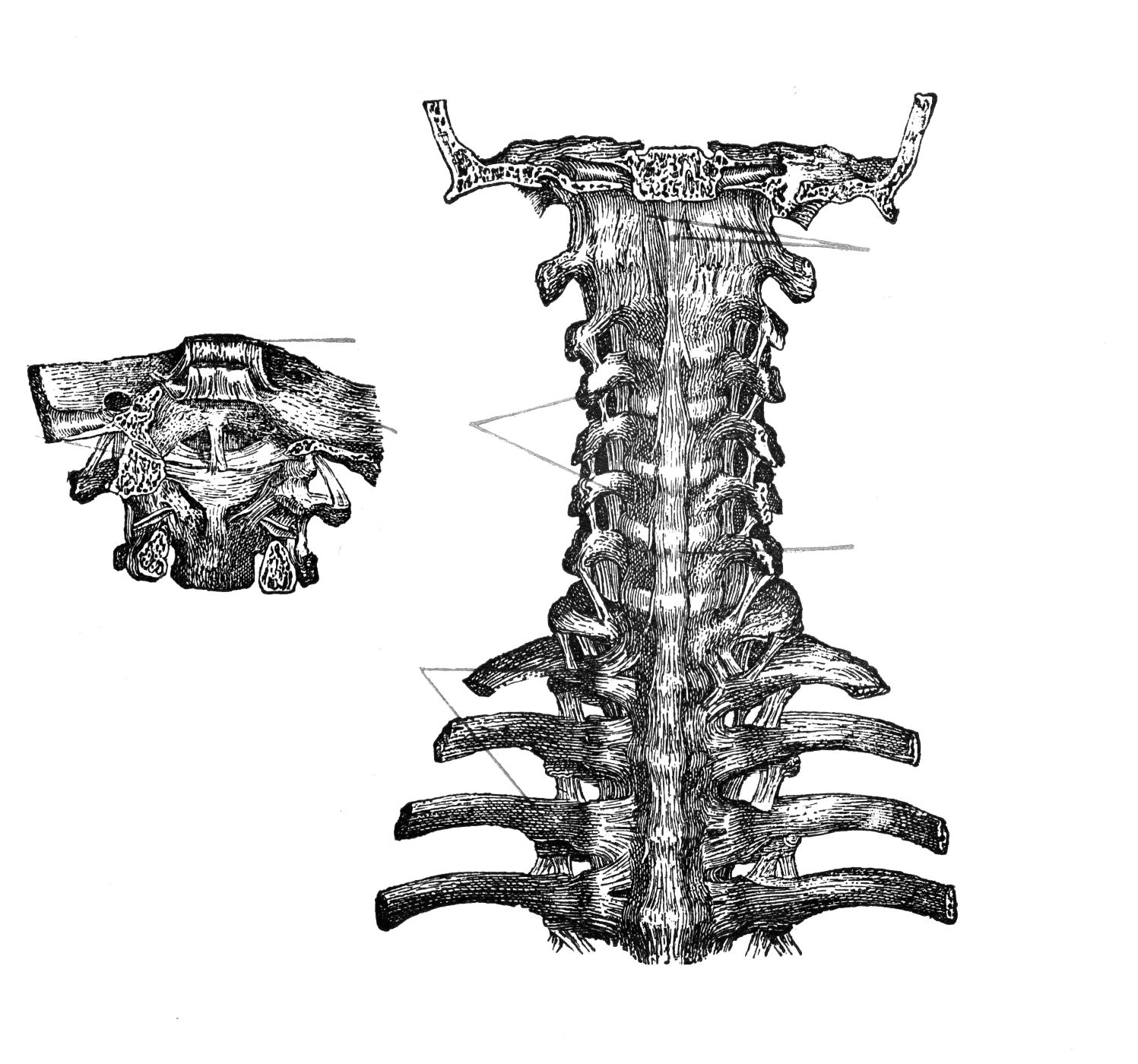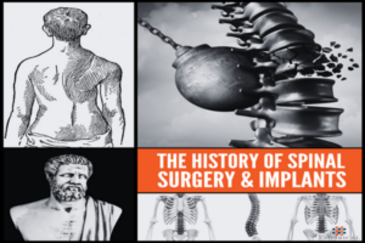
From a deep rooted history thousands of years in the making, the study of the spine has been a mystery. For centuries studies of the spine and advancing the technology and practice of spinal repair has made significant progress. The ancient Egyptians and the text of the Smith Papyrus in1650 BC is where we first can see progress. The most significant advances have only been made within the last 50 years. Trial and error helped to make a lot of the advances in this field possible. It has become a more precise science because of the pioneers of medical thinking like that of the Egyptians and Ancient Greeks.
Evidence of spinal repair can be seen in mummies dating back even earlier to 3000 BC. The study of the body was well understood by the Egyptians despite the fact that priests preparing bodies for mummification and the doctors didn’t communicate. The Smith Papyrus documents illustrated the Egyptians understanding of the spine and how it related to the loss of feeling in legs, arms and even paralysis. Human dissection of the diseased was not permitted making the knowledge the Egyptians had even more impressive.
The next notable documentation about the spine didn’t show up again in history until documents written by Hippocrates were discovered. Spinal fusion can be traced back to the Greeks, and Hippocrates is often noted as the father of spine surgery. He has been credited as the first person to believe that disease was a natural occurrence and not due to superstition or because of the gods. He wrote extensively about treatment principles as he proposed the first traction procedure of the spine. A Greek physician who lived in Egypt for a time, Hippocrates learned a lot about the human body by studying corpses of warriors that died in battle.

One of the earliest successful internal fixation techniques was developed in 1891 to treat a cervical fracture with silver wire loops around the spinous process, using a figure-eight pattern. In 1943, a technique of adding facet screws to the fusion constructs was developed. In the late 1950s spinal instrumentation using steel rods attached to hooks to correct deformity through compression and distraction and the first pedicle screw were used. As more was understood about the spine additional milestones in surgical improvement started to emerge. Cervical fixation devices were developed to use wire and rod systems using the curvature of the spine.
It wasn’t until the 1970’s that spine surgery made real progress with Endoscopes and the use of MRI technology to make surgery less invasive. The use of lasers in the early 90s made surgery even more successful. The fixation devices and implants used today have also made a lot of improvements. Materials and biocompatibility have improved dramatically and surgery success rates have improved drastically.
Within the last few years minimally invasive surgery has been made possible with the help of improved surgical tools, techniques, technology and imaging. Surgery can now be completed with smaller incisions, less blood loss, faster recovery times, reduced risk, less rehab and faster recovery. Today we know so much more about the spine and can fix problems that dramatically improve patients’ lives.
At Empirical Technologies Corp., we have extensive experience in providing mechanical testing and drafting 510(k) submissions for spinal implants. Contact our offices for a free estimate or to further discuss how we may be able to assist with your implant project.

